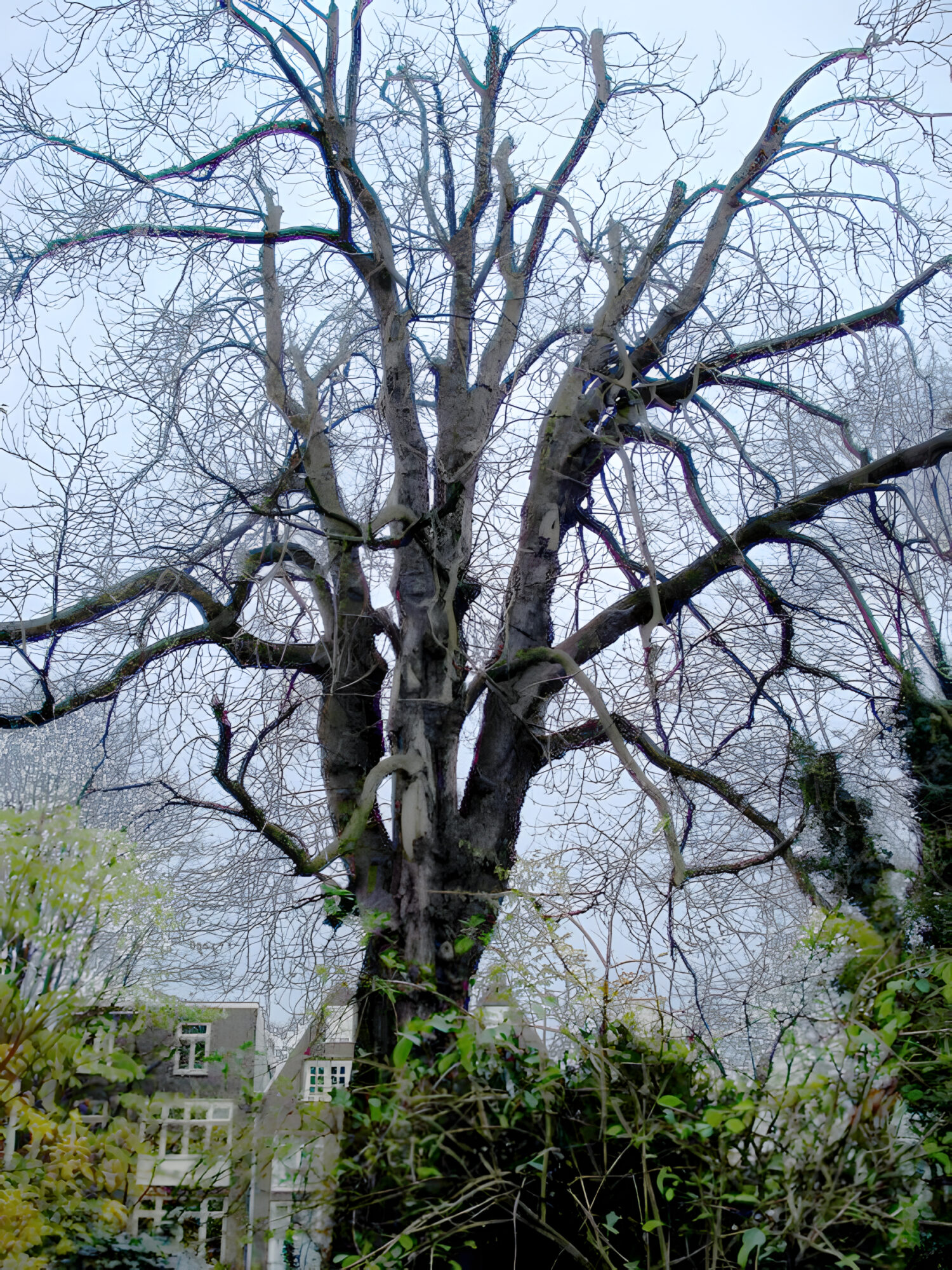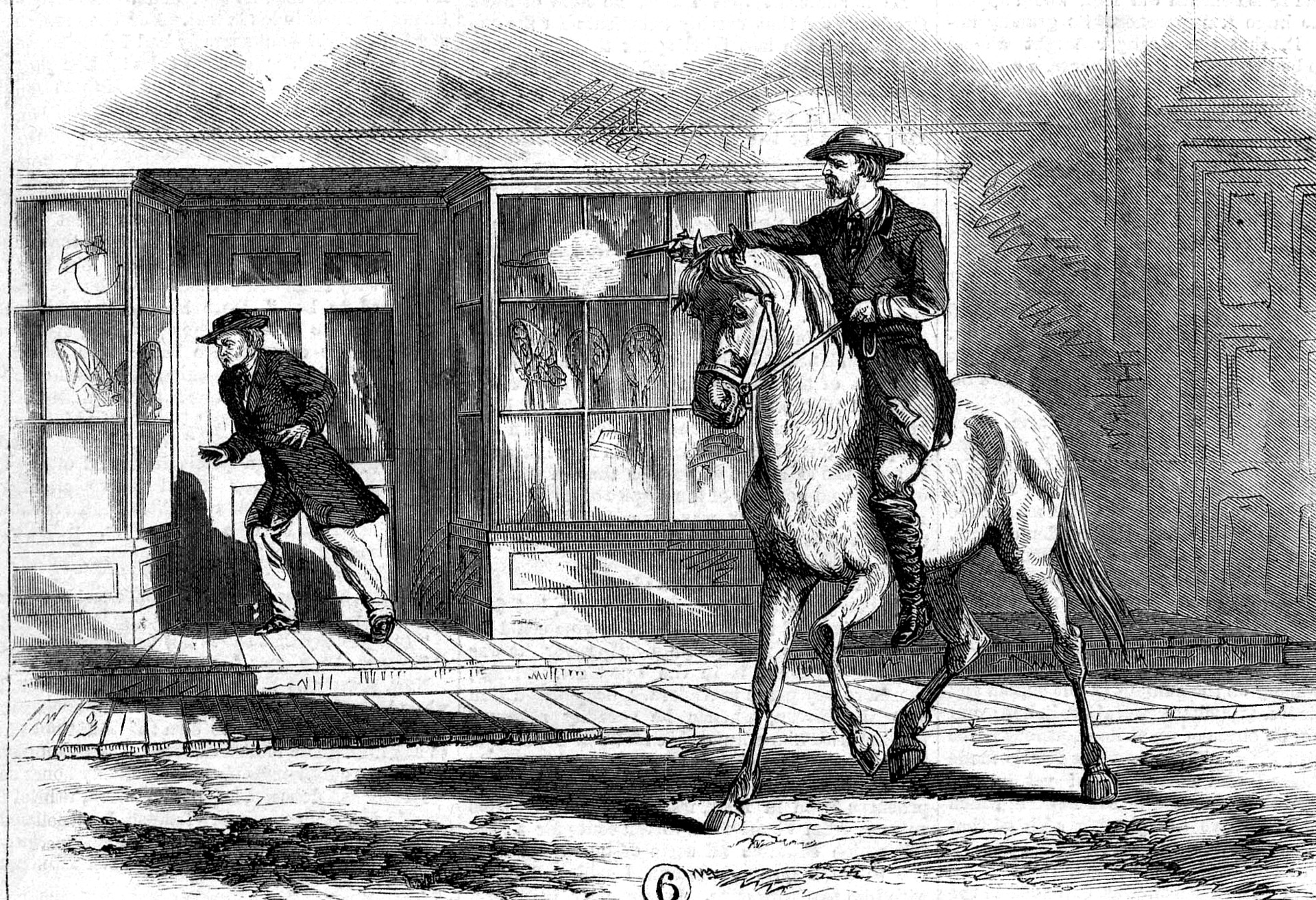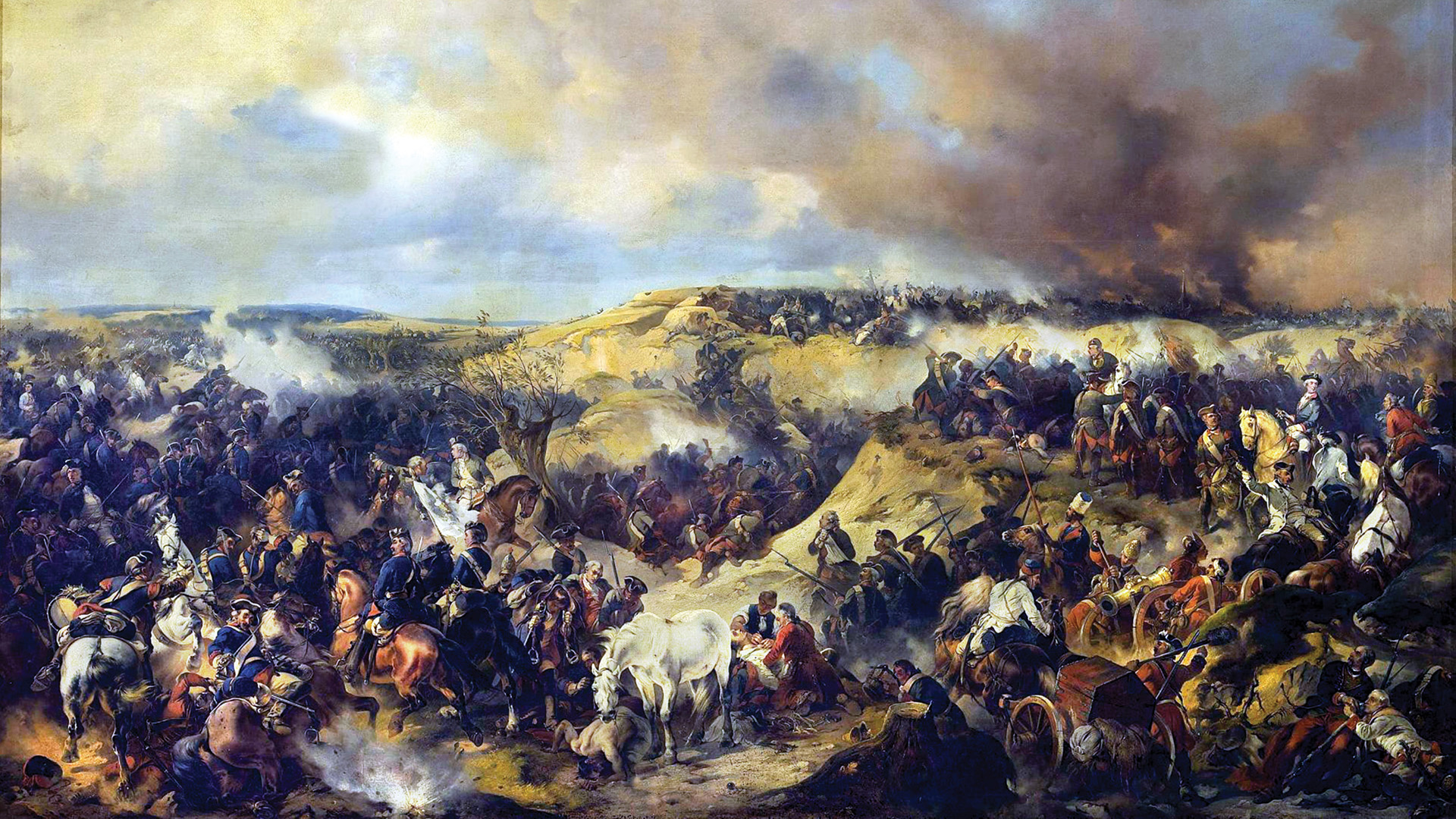More than 60 years after her death, Anne Frank, the young girl who was a virtual prisoner in the famous “annex” as she, her family, and others hid from the Nazi Jew hunters in Amsterdam, remains an icon of optimism and belief in the triumph of the human spirit. Aside from The Diary of Anne Frank, which has become required reading for many young people around the world and given rise to scholarly studies of the Holocaust, another symbol of the young girl’s hope and faith in humanity was a simple, otherwise nondescript chestnut tree.
On February 23, 1944, Anne wrote in her diary, “Nearly every morning I go to the attic to blow the stuffy air out of my lungs. From my favorite spot on the floor I look up at the blue sky and the bare chestnut tree, on whose branches little raindrops shine, appearing like silver, and at the seagulls and other birds as they glide on the wind … As long as this exists, … and I may live to see it, this sunshine, the cloudless skies—while this lasts I cannot be unhappy.”
Last November, the Associated Press reported that the venerable, 150-year-old chestnut had been ravaged by fungus and moths, which had caused a large portion of the tree to decay and threatened its survival. The tree itself was in peril, said the report, and the city of Amsterdam acknowledged that it might in fact come crashing down, potentially landing on the warehouse building adjacent to a canal where the annex is located. In March 2007, the city issued a permit for the removal of the tree. Grafts were taken from it, and plans for the site included the future planting of a sapling from the original.
“The state of this monumental chestnut is a real danger for its surroundings,” commented a city official. “Its rapid decay makes it necessary to take action now. From the latest assessment, it appears that only 28 percent of the trunk is still healthy. The risk of the trunk breaking—in which case the 27-ton tree will fall over—is now unacceptably high. Given these results, which preclude the tree’s being cured, preventative cutting of the tree is the only remaining realistic option.”
Needless to say, opposition to cutting the tree down was immediate and quite vocal. Objections from such organizations as the country’s Tree Institute earned a reprieve by October. However, the following month another date was set for the chestnut’s destruction. Then, according to a BBC report, Judge Jurjen Bade intervened just 24 hours before the fateful day, ruling in favor of conservationists that the tree did not pose an immediate threat to surrounding structures or visitors. The judge instructed that cutting the historic tree down should be a “last resort” and that Amsterdam city officials and conservationists should work together in exploring other options.
“We finally get the possibility to have time to look into the alternatives and that is what we have asked for so long already. This is a monumental tree of unusual cultural and historical value. It is a symbol of freedom all over the world, and it summons forth a lot of emotion,” commented Trees Institute spokesman Edwin Koot during an Associated Press interview. The Trees Institute has already proposed the potential for saving the chestnut with a combination of treatment and a system of cables to reinforce endangered limbs and the weakened trunk.
The family of Anne Frank, a young teenager, was sequestered in the annex for more than two years before the hiding place was discovered in August 1944. Seven months later, she succumbed to typhus in the Bergen-Belsen concentration camp. Her father, Otto, was the sole survivor.
It must be recognized that the chestnut tree is a living thing, and like all other living things it does have a finite lifespan. However, such a living link to the life of young Anne Frank and a monument to the tragedy of the Holocaust is worthy of extraordinary preservation efforts. At press time, a final determination as to the fate of the tree has yet to be made.
Michael E. Haskew









Join The Conversation
Comments
View All Comments